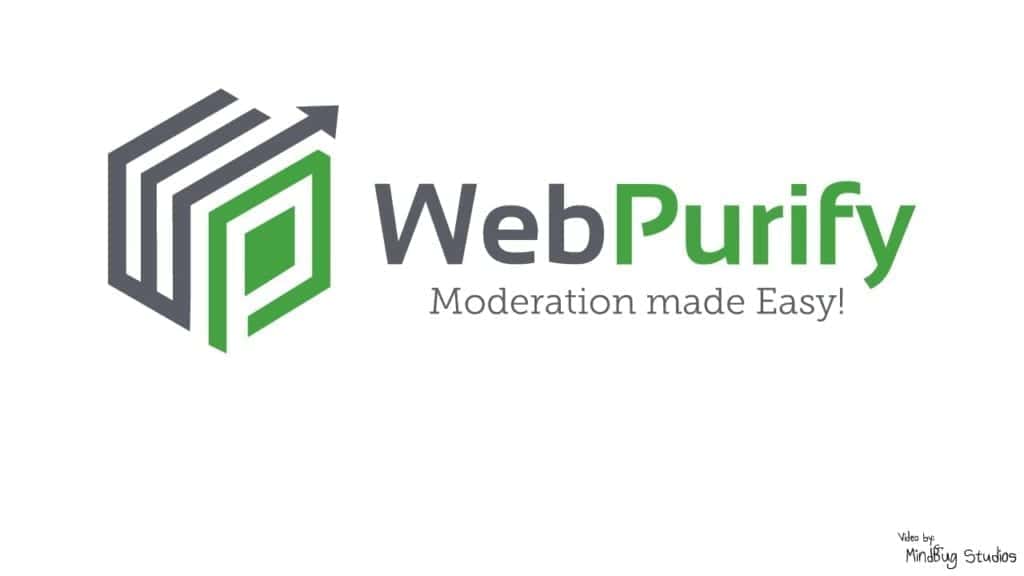Creating a community that loves your brand requires a lot of work. While there are many different outlets that your brand can utilize for advertising, images seem to be the most effective method.
Images tend to create an emotional response from the viewer that allows them to link what’s in the image to your brand. However, you must employ image moderation to ensure that viewers are connecting the right concepts to your brand.
Images You Should Be Using
Your company should be using multiple different types of images to connect with your end-users. Each image outlet will allow you to reach different areas of your target market. Here are the most popular image sources you should be employing.
Your Logo
There are a ton of different images that your business can use to connect with potential consumers. Let’s focus on your logo first. A good logo allows the viewer to recognize what the brand is all about quickly.
For example, if you’re a grocery store, then having a grocery cart in your label makes it very clear to the viewer what products you offer. A wrench in the logo of your auto shop says auto repairs to the viewer.
Images that Share Emotion You Can’t Describe
Sometimes it’s just hard to put into words the things that we feel. As a brand, you can utilize images to help say the words that your marketing team can’t come up with on their own.
Pictures can help to convey a specific idea that allows the viewer to feel the emotion that you want them to without physically talking about it.
Product Images
If you asked ten people to describe a product, you’d likely get ten different descriptions. By having product images that are high quality, you can show viewers your physical products.
It’s just easier to physically see something than it is to describe it. Use pictures to your advantage to help your business create more revenue from consumers. Remember that low-quality photos can create an adverse reaction from consumers.
Why Is Moderation Important?
As a business, image moderation is vital to your brand image. Monitoring pictures online about your brand and removing explicit content can help to reduce the likelihood of offending prospective clients. With the digital world, it’s essential to keep your reputation sound.
You must think of the online world as its source of clients. You want to build up an excellent online reputation that brings together an online community who loves your brand.
Image moderation for online content pertains to social media pages, online chats, forums, and so forth. By creating a set of guidelines for moderation, you can easily employ staff members to keep your online reputation spotless.

Formulating Guidelines for Moderation
There’s no denying that images have a significant impact on the emotions and cognitive function of individuals. The difference between text and images is that images are processed faster.
Quick moderation on your part is vital to ensure that image content posted about your brand from users is positive. Removing harmful image content is a must to avoid negative brand association.
As with all areas of your business, moderation is no different. It needs to have a process set up, so that staff members know exactly how to execute their job effectively. Here are some of the most significant factors you should consider when crafting your moderation guidelines.
Format
One of the best ways to ensure that your online community followers upload great photos is to set format requirements. Set the format the image is saved in, such as GIF or JPEG.
Also, this includes the file size. You’ll want to put a minimum image size to ensure that you only get high-quality pictures from members.
Context
Context is a word that describes the text that goes along with the images. When it comes to your team, you want to ensure that they’re checking over the posted context to assure that it’s correct and relevant to the image.
Original
With so many images swarming around online, it’s not unusual to see multiple pictures of the same image posted on different sites. You should work to encourage users to submit original pieces of work. Doing this will show you believe in protecting the intellectual property rights of users.







